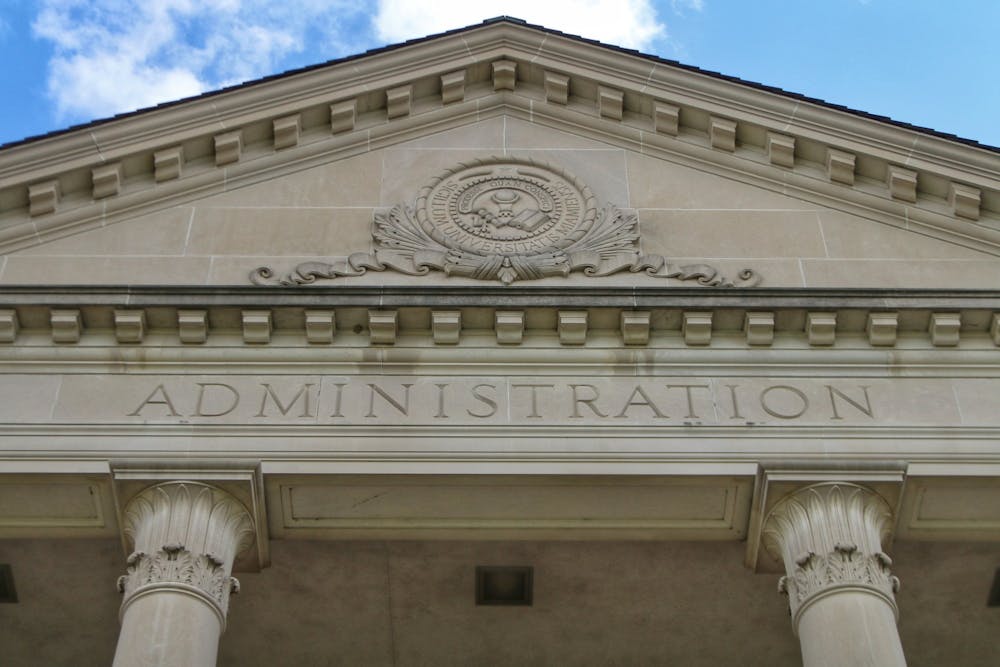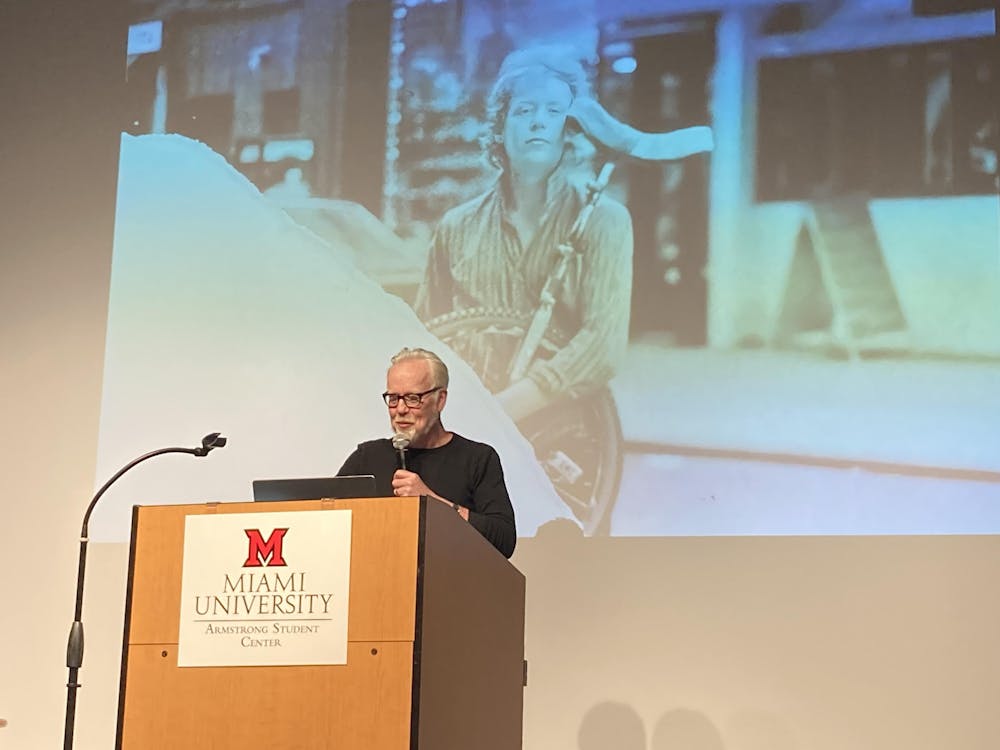With Miami’s positive case rate on the decline, Provost Jason Osborne said it is “unlikely” that the campus will completely vacate again like it did in March.
“What we’re seeing around the country and the advice we’re getting from public health officials,” Osborne said, “is not to vacate campus if there is a spike among the residential population, because what that does is just spread the virus back to the homes and the communities and the families of the students.”
Osborne said it is more likely the campus will be advised to shelter in place if the university experiences a large spike in cases.
Jennifer Bailer, health commissioner for the Butler County Health District, said Oxford is now averaging 25 new COVID-19 cases a day, a decrease from several hundred a day at the end of August.
As of Sept. 20, Miami’s Oxford campus had 359 active COVID cases and 1,377 cumulative positive cases.
Osborne said the final decision about students’ return to campus was made Tuesday, Sept. 8 and released Wednesday, Sept. 9.
Students were given the option to remain remote, to return to campus or to defer their enrollment. Osborne said Miami estimates a 40% reduction in the amount of students on campus due to students choosing not to return.
“We’re trying to give people as many options as we can, just because there are so many different concerns and needs and wants,” Osborne said.
He said about 2,000 students opted to remain remote and several hundred students deferred their enrollment.
Osborne said hundreds of students, families and faculty gave their feedback on whether or not they believed students should return to campus.
“Throughout the entire summer, we’ve been trying to keep as many stakeholder groups as possible involved, but with a campus this size, it’s hard,” Osborne said.
Rosemary Pennington, assistant professor of journalism, said she was torn on whether or not she wanted to return to in-person learning.
Enjoy what you're reading?
Signup for our newsletter
“The in-class experience as a professor is something that I really love,” Pennington said. “I really sort of thrive on it, and it propels me as an instructor. And it's been hard to sort of reproduce that digitally.”
While Pennington’s class is smaller compared to some of her colleagues, she’s still considering how she’ll format the class moving forward.
“I never could feel really comfortable in one place or another,” Pennington said. “I think there are good reasons to come back related to college experience and related to financials, but then there are so many health and safety issues. I’m glad I’m not the one who had to make that decision.”
Pennington said she worries about possibly infecting other people when out at stores, in public or in class.
“The worrisome thing is, am I going to take something home at the end of the day after I've met with students?” Pennington said.
Osborne said that while students move in, Miami is taking a two-pronged approach. The first is alerting faculty that some students may be moving in, and the second is telling students to alert their faculty if there’s a conflict. But there isn’t a universal policy.
“This is really an individual decision by every faculty member,” Osborne said.
He estimated 4,000 students moving in between the announcement on Sept. 9 and Sept. 21, when in-person classes resumed.
Carole Johnson, interim director of university news and communications, explained that before students moved into residence halls, they were tested for COVID-19.
By Sept. 20, the COVID-19 dashboard reported 2,276 tests were given during move-in, with 21 students testing positive.
Pennington said she’s working with students to figure out the best way to hold class after move-in. Most of her students have indicated they’d like to go back to an in-person class while at least one has opted to remain online.
“I'm trying to figure out a way to meet that's still meaningful for the students and helps us ultimately achieve the learning goals of the classes,” Pennington said, “but also which feels safe.”
Additional reporting was conducted by Asst. News Editor Madeline Phaby.




